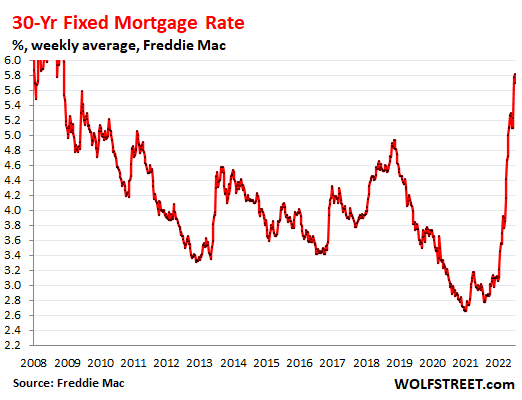Developer McCormack Baron Salazar lays out next steps for converting Capitol Mall offices to housing

The development firm named Wednesday to oversee converting state office buildings on Capitol Mall into housing has two tracks of work ahead of it, said the company’s chief development officer.
After the announcement event outside one of those buildings at 800 Capitol Mall, Chief Development Officer Adhi Nagraj said McCormack Baron Salazar both needs to exercise due diligence on the three buildings themselves, and start meeting with the community to find out what’s needed.
“We really want to do this dual-track process,” he said, explaining that will help determine the ultimate number of units, affordability requirements, apartment configurations and more. “We’ll need several months as we go through the process for creating a mixed-income, vibrant community.”
Nagraj said 800 and 801 Capitol Mall and 751 N St. in Downtown Sacramento already come with advantages, including proximity to transit, retail and job centers.
Location was a key factor in the St. Louis-based development company deciding to submit its qualifications to the state’s request to find a developer to convert the buildings, he said. About a half-dozen firms submitted qualifications.
But Nagraj said still to be determined is whether it would make sense to have units intended for families, seniors, those coming out of homelessness, or workforce housing aimed at middle incomes. The final project could have a combination of those types, he said, with the company also likely to phase converting each building.
McCormack Baron Salazar’s ultimate redevelopment plan will also look at how and what kind of amenities to provide, he said. The bottom floor of each building could eventually house some kind of public-facing use, with possibilities ranging from a small grocery store to a child care center, he added.
According to a press release about the announcement, the company is envisioning developing 400 to 800 units, with about 370 designated affordable and 170 of those for very-low incomes.
With all those variables, Nagraj said, it’s also too soon to estimate how much the project will cost. The state agencies there now are set to move to other buildings in 2025. Nagraj said he looked forward to coming back for groundbreakings in three years and five years, hinting at a timeline for the project.
But first, the company will need to negotiate with the California Department of General Services on a formal contract for the project, which will be structured as a long-term lease, Nagraj said.
“I appreciate that there was a sense of urgency in responding to the RFQ,” he said.


